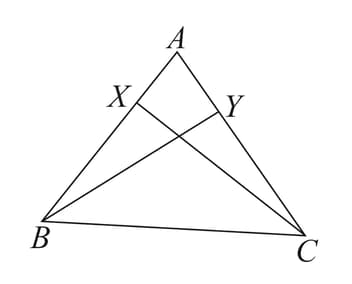In quadrilateral and bisects (see given figure). If Is (Yes/No) ?
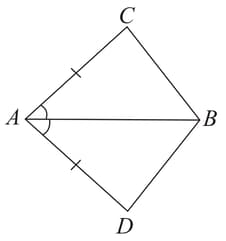
Important Questions on Triangles
In the figure, in are the midpoints of respectively. are perpendiculars on . If , then the length of is:
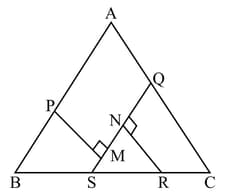
In a quadrilateral and bisects (see figure). Show that . What can you say about and
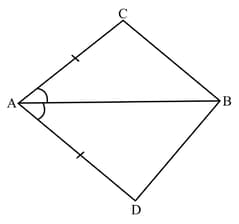
In the figure given below, is the mid-point of . Then the triangle is congruent to the triangle by______.
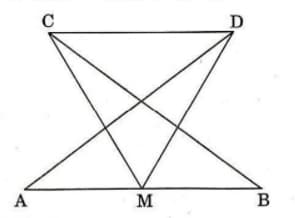
In the figure is an equilateral triangle with side cm. . What is the area (in ) of ?

In the given figure, is a quadrilateral in which and . Show that the points lie on a circle.

Observe the information shown in pairs of triangles given below. State the test by which the two triangles are congruent. Write the remaining congruent parts of the triangles.
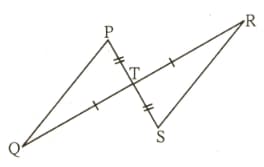
From the information shown in the figure.,
In
..... vertically opposite angles
seg seg
....._____ test
_____ .....corresponding angles of congruent triangles.
_____ .....corresponding angles of congruent triangles.
seg _____ ..... corresponding sides of congruent triangles.
In the adjoining figure, and . If , prove that bisects .
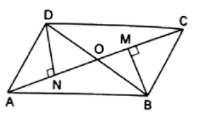
Diagonals of parallelogram intersect at as shown in Fig. contains , and are points on opposite sides of the parallelogram. Give reasons for the following:
.
Now, state if is bisected at .
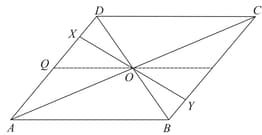
In figure, segment is the bisector of . A line through intersects ray at point and . Prove that .
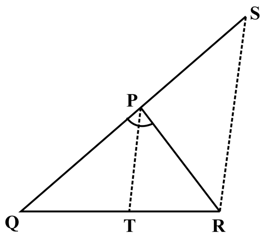
In the adjoining figure, and are respectively two points on equal sides and of such that . Prove that .
